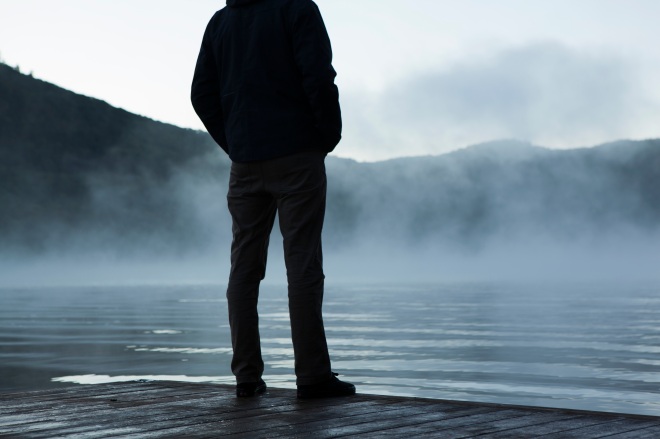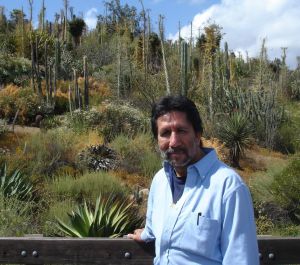Climate Confidential began publishing smart, independent reporting on the crossroads of environment and technology in March 2014. It was funded by readers and dedicated to deepening the popular conversation about people, businesses, and society reckoning with climate change. Readers found a mix of original features on topics ranging from the environmental implications of self-driving cars and the next generation of GMOs to new insights on renewable energy development.
As part of our mission to expand the reach of environmental journalism in a time of historic changes in earth systems, technology, and media, Climate Confidential stories were designed to roam free. Originally released on the subscription-based Beacon platform, Climate Confidential stories have also been published by The Atlantic, Ensia, Scientific American, Modern Farmer, Pacific Standard, Quartz, and many other partners.
The Climate Confidential team reformed in 2015 with new ambitions. This site is an archive of our first year.


 Nothing says Thanksgiving like a crowded airport. On the day before the holiday, passenger volume in the United States’ busiest airports spikes to more than double a typical travel day. But forecasters for the U.S. tourism industry say that pretty soon, Thanksgiving-like crowds could be the new normal — unless more money flows into expanding airport infrastructure.
Nothing says Thanksgiving like a crowded airport. On the day before the holiday, passenger volume in the United States’ busiest airports spikes to more than double a typical travel day. But forecasters for the U.S. tourism industry say that pretty soon, Thanksgiving-like crowds could be the new normal — unless more money flows into expanding airport infrastructure.
